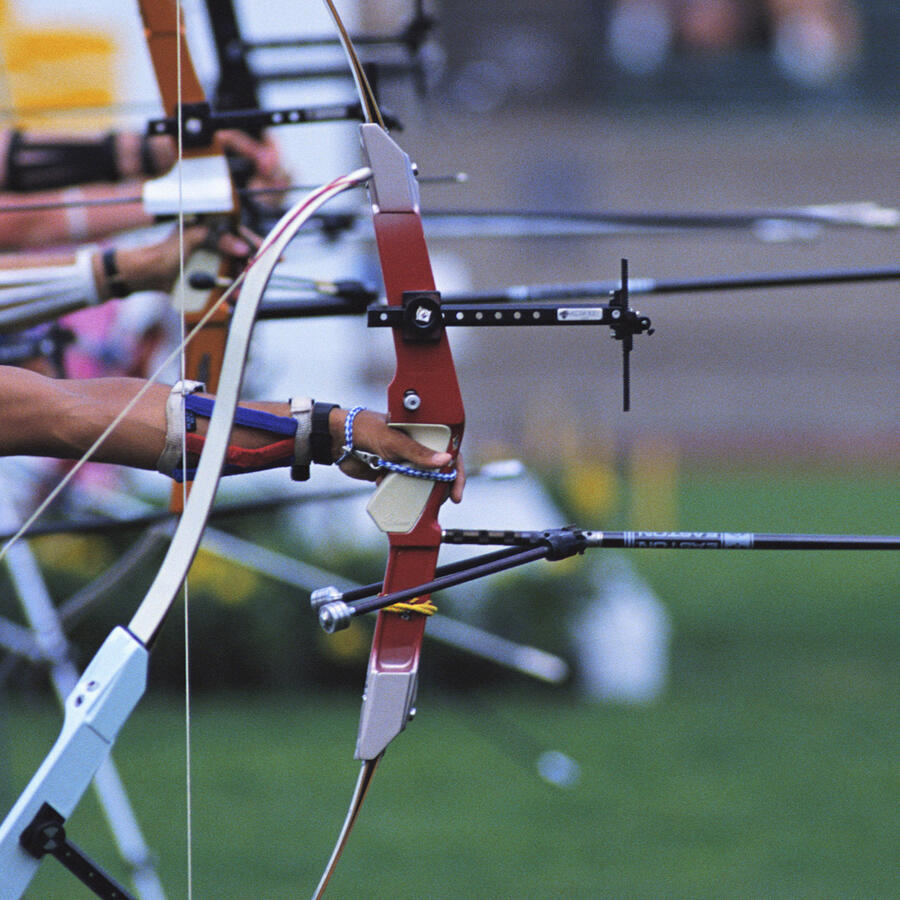Releases
WADA announces research projects funded through Scientific Research Grant Program

The World Anti-Doping Agency (WADA) is pleased to publish the most recent list of scientific research projects that were approved to receive funding through the Agency’s Scientific Research Grant Program.
On 11 September 2025, WADA’s Executive Committee (ExCo) approved funding recommendations for Cycle 2 of WADA’s 2025 Call for Scientific Research Grants. In this cycle, a total of 17 research projects were selected for funding from a group of 26 full applications, amounting to USD 2,164,401. Further details of these projects will be published on WADA’s website in the coming months once the individual contracts are signed.
WADA’s Senior Director of Science and Medicine, Prof. Olivier Rabin, said: “WADA is proud to be a catalyst for broadening the scope of anti-doping science. Our Scientific Research Grant Program has expanded significantly over the years, creating an opportunity for engagement with anti-doping for experts in areas such as artificial intelligence, genetics, endocrinology, and muscle physiology. We remain committed to prioritizing research projects whose outcomes are expected to translate into tangible improvements to the global anti-doping system.”
The remainder of the 2025 research budget will be used to fund Cycle 3 projects—to be selected and approved in December—and be allocated to identified targeted projects in areas such as glucocorticoids, contaminants, and reference materials.
All scientific research projects follow a robust review process, which includes recommendations from external peer reviewers, recommendations from the Agency’s Health, Medical & Research Committee, and final approval by the ExCo.
Please note that deadlines for current and upcoming cycles are available on WADA’s website.
About the Scientific Research Grant Program
Since 2001, WADA has invested more than USD 90 million in research grants for more than 700 projects. These grants are crucial for increasing the volume and diversity of research in areas such as:
- Improving and developing new detection methods;
- Gaining knowledge of the doping potential of certain drugs;
- Discovering potential contaminants;
- Promoting innovative detection methods (e.g. dried blood spot and gene doping); and
- New approaches to reveal doping, such as the use of artificial intelligence.

